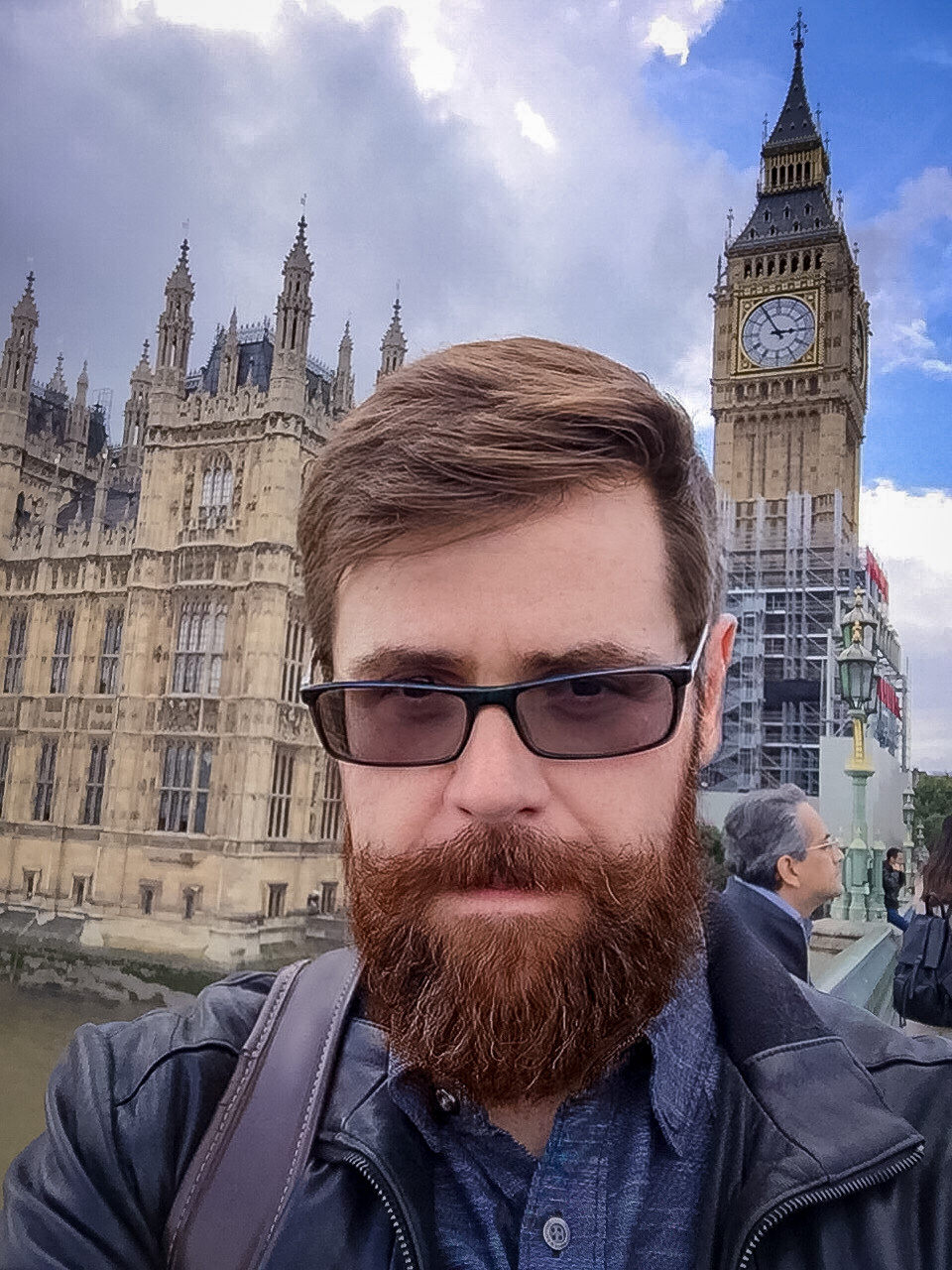Originally published March 31, 2020 @ 3:17 pm
Effectiveness of face masks against the coronavirus has been debated to death in both popular and scientific literature. Here are the two most common mistakes made by journalists and by people who should know better.
Asking the Wrong Question
“Can Face Masks Prevent Coronavirus?”1 or “Can wearing a face mask protect you from the new coronavirus?”2 This is like asking “can vaccines prevent measels?” Well, “two doses of MMR vaccine are about 97% effective at preventing measles”.3 Thus a technically accurate answer is “no”, as the word “prevent” implies an absolute guarantee. And yet, only an idiot would dispute effectiveness of anti-measles vaccines.
Perhaps a better question would have been “do face masks reduce the chance of contracting COVID-19?” And then the answer from most professionals would’ve been an overwhelming “yes”.
And then, of course, there are people who are seemingly incapable of seeing past the end of their nose, despite all the money invested in their professional training:
“People believe wearing masks will protect them against a novel organism they’re scared about,” says Saskia Popescu, a senior infection prevention epidemiologist at a private healthcare system in Phoenix, Ariz. “I understand the fear, but the U.S. is at a very low risk for this right now.” 4
It’s like, why would one need a fire extinguisher if the house is not on fire? Much of our medical protocols for handling infectious disease epidemics are more than a century old. Even today some “experts” simply refuse to factor in such developments as, say, the advent of commercial air travel into their forecasts.
Getting Basic Physics Wrong
Your average coronavirus virions have a diameter of approximately 125 nm.5 Face masks and respirators collect particles via one or more of these three methods: interception, impaction, diffusion. It is a common mistake to think that a filter’s efficiency drops as particles get smaller:
Instead, people prefer to think of face masks and respirators as food strainers because it’s simpler that way.
True, at 125 nm, a virus is minuscule when compared to the fiber diameters, porosity, and filter thickness of a face mask or a respirator. However, a virus is not like a tiny mosquito. It can’t flap its spike glycoproteins like wings and fly from person to person. A virus travels inside aerosol created by coughing, sneezing, talking, or just breathing.
These aerosol particles are tiny:
And even the smaller ones contain viruses:
Having said that, when compared to the 125-nm size of a coronavirus the aerosol particles are relatively large. By reducing the amount of this aerosol entering your body, a face mask or a respirator can substantially enhance your chances of staying healthy, as well as your ability to protecting those around you, in case you are infected.
Food for Thought
There are many things majority of us don’t understand about respirators – how they work, how to use them. If today there was no shortage of respirators, most people even in the US would’ve been using them. And many (if not most) would’ve been using them incorrectly.
You can’t wash them; or clean them with UV light; or microwave them; or whatever other dumbass “lifehack” suggestion you might’ve encountered on the interwebs. Respirators must be properly fitted to you face. You can only wear them for a certain period of time that depends on the amount of physical activity, temperature, humidity, concentration and type of air pollutants, etc.
But to say that something doesn’t work just because it is in short supply and requires some skill to use is irresponsible and endangers public health.

Experienced Unix/Linux System Administrator with 20-year background in Systems Analysis, Problem Resolution and Engineering Application Support in a large distributed Unix and Windows server environment. Strong problem determination skills. Good knowledge of networking, remote diagnostic techniques, firewalls and network security. Extensive experience with engineering application and database servers, high-availability systems, high-performance computing clusters, and process automation.
- Gajanan, Mahita. “Can Face Masks Prevent Coronavirus? What Experts Say.” Time, Time, 31 Jan. 2020, time.com/5774521/coronavirus-face-mask-prevention/.
- Geggel, Laura. “Can Wearing a Face Mask Protect You from the New Coronavirus?” LiveScience, Purch, 5 Mar. 2020, www.livescience.com/face-mask-new-coronavirus.html.
- “About Measles Vaccination.” Centers for Disease Control and Prevention, Centers for Disease Control and Prevention, 28 Mar. 2019, www.cdc.gov/vaccines/vpd/measles/index.html.
- Gajanan, Mahita. “Can Face Masks Prevent Coronavirus? What Experts Say.” Time, Time, 31 Jan. 2020, time.com/5774521/coronavirus-face-mask-prevention/.
- Fehr, Anthony R, and Stanley Perlman. “Coronaviruses: an Overview of Their Replication and Pathogenesis.” Methods in Molecular Biology (Clifton, N.J.), U.S. National Library of Medicine, 2015, www.ncbi.nlm.nih.gov/pmc/articles/PMC4369385/.
- “NIOSH Science Blog.” Centers for Disease Control and Prevention, Centers for Disease Control and Prevention, blogs.cdc.gov/niosh-science-blog/2009/10/14/n95/.
- Lindsley, William G, et al. “Quantity and Size Distribution of Cough-Generated Aerosol Particles Produced by Influenza Patients during and after Illness.” Journal of Occupational and Environmental Hygiene, U.S. National Library of Medicine, 2012, www.ncbi.nlm.nih.gov/pubmed/22651099.
- Lindsley, William G., et al. “Measurements of Airborne Influenza Virus in Aerosol Particles from Human Coughs.” PLOS ONE, Public Library of Science, journals.plos.org/plosone/article?id=10.1371/journal.pone.0015100.
- Devlin, Hannah. “Can a Face Mask Protect Me from Coronavirus? Covid-19 Myths Busted.” The Guardian, Guardian News and Media, 21 Mar. 2020, www.theguardian.com/world/2020/mar/21/can-face-mask-protect-me-coronavirus-covid-19-myths-busted.


























